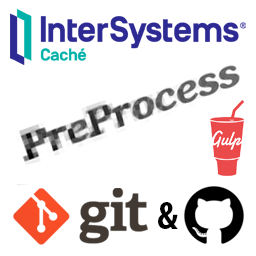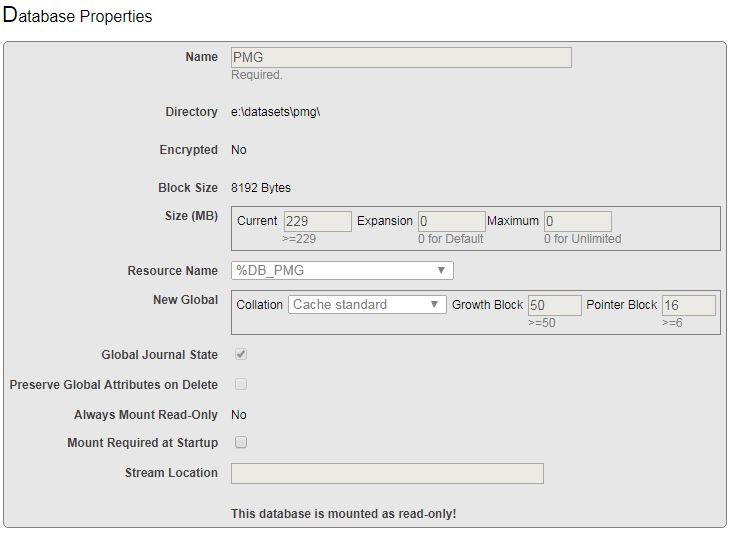Checking if Directory or File Exists:
Outlined below is an example of how to check if a directory exists:
Set directoryName="c:\temp\nosuchdir"
/* Check for existence of a directory - Return Value: 0 - directory does not exist; 1 - directory does exist */
Set directoryExists=##class(%File).DirectoryExists(directoryName)
If ('directoryExists) // do the processing for when a directory does not exist
Outlined below is an example of how to check if a file exists:





